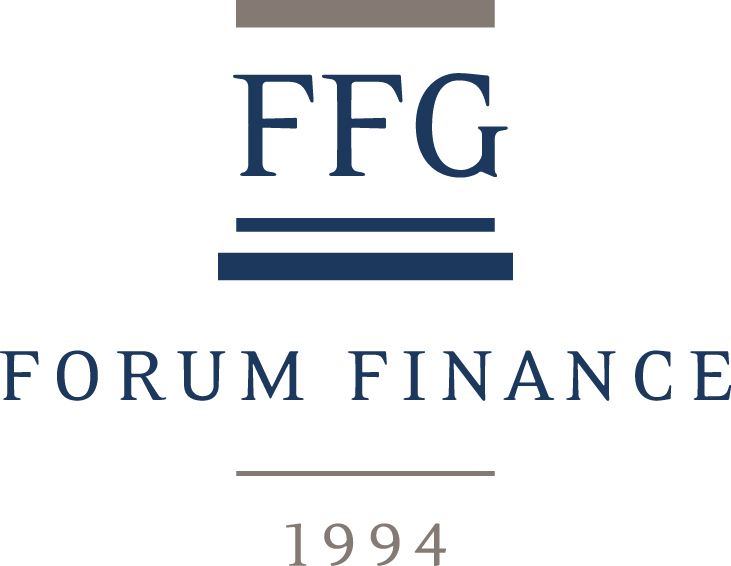Newsletter | November 2025
Following its Q3 earnings report on October 30th, Amazon’s stock surged about 10-12% in after-hours trading.
16.64% PERFORMANCE OF NIKKEI 225
Investment perspective
Historically, October has a reputation for being a challenging month for the stock market, largely due to crashes such as those in 1929 and 1987. This has created the psychological expectation that stock prices tend to fall in October. However, this year, October somewhat diverged from this narrative. Equity markets worldwide reached record highs. This rally was supported by strong earnings reports and indications of accommodative monetary policy, including interest rate cuts and tariff negotiations that eased uncertainty. Nevertheless, market sentiment remained relatively cautious among investors, as evidenced by volatility spikes linked to trade tariffs, as well as concerns about US regional banks and credit, which precipitated selloffs in the banking sectors of the US, the UK, and Europe (notably on 17 October). The Fed’s decision to lower rates was made amid limited economic data, as the ongoing government shutdown has hindered the release of key indicators such as employment and inflation reports. Despite inflation remaining above its target, the Fed adopted a cautious approach. The outcome of the Fed’s subsequent policy meetings will be pivotal in determining whether the easing trend continues or if a pivot back to tightening occurs, particularly if inflation remains high or economic growth accelerates. The end of quantitative tightening and the prospect of future monetary policy easing continue to support a cautiously optimistic outlook for risk assets. However, uncertainties surrounding fiscal policy and global economic conditions remain a potential source of instability. In early October, gold reached a historic high of over $4,300 per ounce, before correcting to around $4,000. This pullback is seen as normal profit-taking rather than a sign of fundamental weakness, which is consistent with the dynamics of the gold market after periods of rapid growth. The subsequent correction in gold prices occurred amid the stabilisation and strengthening of the US dollar. Investors also locked in gains following a period of rapid growth; prices had appreciated by over 55% year-to-date. In the credit markets, investment-grade corporate bond spreads remained near historic lows despite heavy issuance. The substantial issuance of new bonds by major technology companies such as Oracle did not result in a sustained increase in spreads, as investor demand easily absorbed the new issuance.
Investment strategy
Recent fears about seasonality, valuations and Sino-American trade tensions appear to have eased, making way for a sense of cautious optimism, as indicated by sentiment indicators. Given the positive macroeconomic momentum and improvements in both the US and the rest of the world, this environment is more favourable. This is evident in corporate earnings, which have, on average, exceeded expectations and reinforced the theme of artificial intelligence. We could therefore see this trend continuing to support risky assets, especially since the US Federal Reserve has continued its rate-cutting spree, making a second 25-basis-point cut at its October meeting. The market is anticipating the ongoing normalisation of US short-term rates, a view reinforced by the publication of lower-than-expected inflation figures. This downward cycle is expected to continue until 2026, with a further two to three cuts of 25 basis points. While this environment will continue to support markets, credit may have less potential at this stage given that spreads have already tightened considerably. Although we are optimistic about the markets and the economy, we are not ignoring the challenges posed by valuations and the uncertainties surrounding US policy. This is particularly pertinent given that momentum and technical levels remain intact, despite a few episodes of volatility. This stance is supported by sentiment indicators that remain far from euphoric levels, leaving scope for a year-end rally.
Sanae Takaichi was elected as Japan’s first female prime minister, marking a historic milestone
Portfolio Activity/ News
After adopting a more cautious stance in early September due to concerns about the negative seasonal effects of this time of year, we acknowledged that the market trend remained positive. Testing the upward trend without breaking it provided favourable signals and prompted new buying opportunities. Based on this observation and the strong macroeconomic and corporate results, we increased our equity allocation twice in October. These increases focused on the Eurozone, US mid-caps, emerging markets and Asia, the latter two of which had already been among our favourites for some time. We achieved this increase in equity allocation by eliminating our cash position, created in early September, and by continuing to reduce our investment-grade credit exposure. Although we maintain a favourable allocation bias towards credit, the current spread levels lead us to exercise a degree of caution. We have therefore maintained our investments in hybrid bonds, both corporate and financial, which we believe offer superior returns to traditional corporate bonds. Following the spectacular and rapid rise in the price of gold, we took opportunities to rebalance our portfolios and secure some profits where relevant. The relatively strong performance of emerging markets and US small- and mid-cap stocks has increased our exposure to the US dollar marginally. This remains an underrepresented currency in our allocations. We have kept our alternative allocation, including gold, unchanged to enhance portfolio resilience in the event of a return to greater dispersion of returns across markets.
Download the Newsletter
